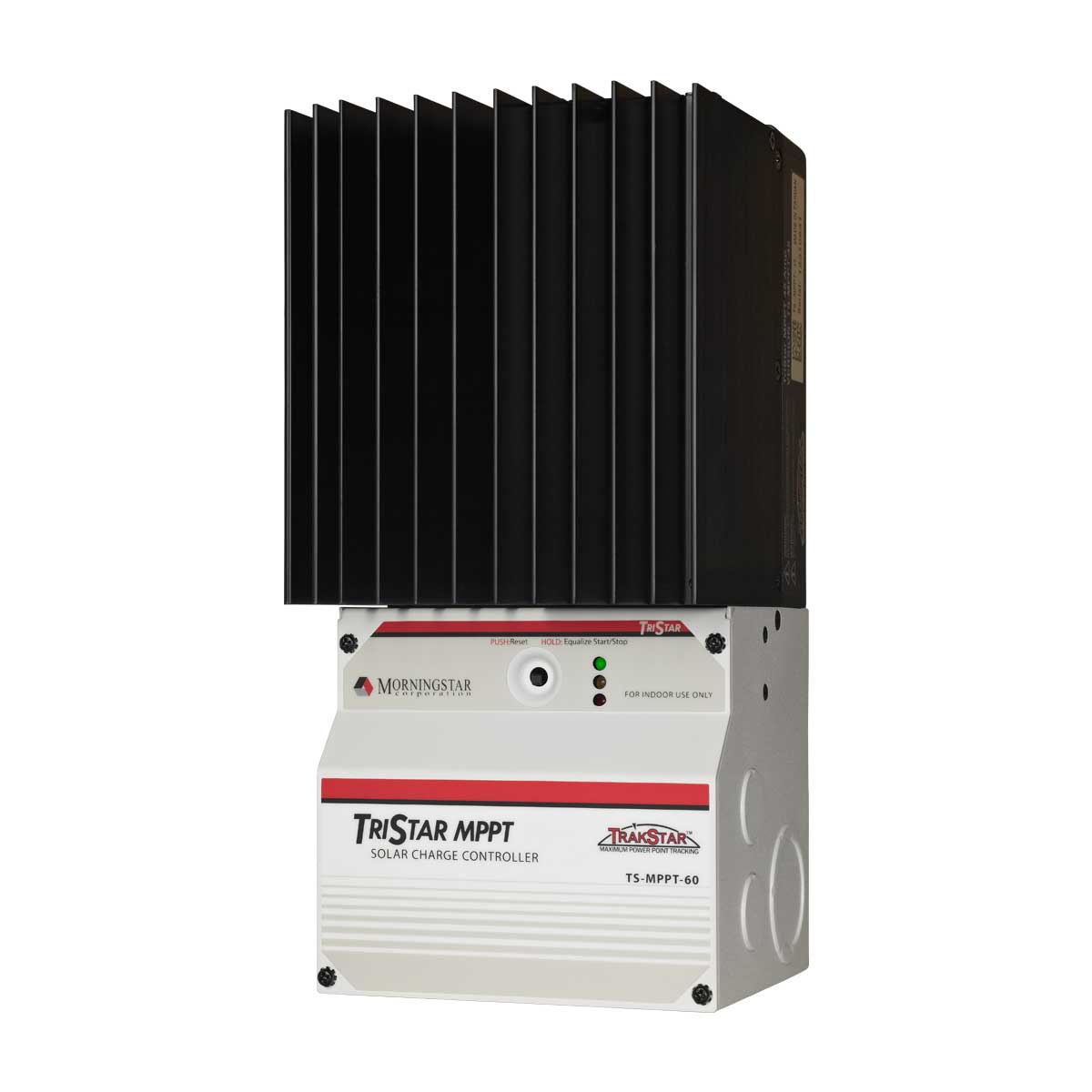Charge Controller Technology
Charge controllers are essential components in photovoltaic (PV) systems, ensuring the efficient and safe charging of batteries from solar panels. They play a crucial role in managing the energy flow, preventing overcharging and optimizing the use of available sunlight. Two main types of solar charge controllers are widely used in the industry: Maximum Power Point Tracking (MPPT) and Pulse-Width Modulation (PWM) controllers. Let’s explore these technologies in detail.


